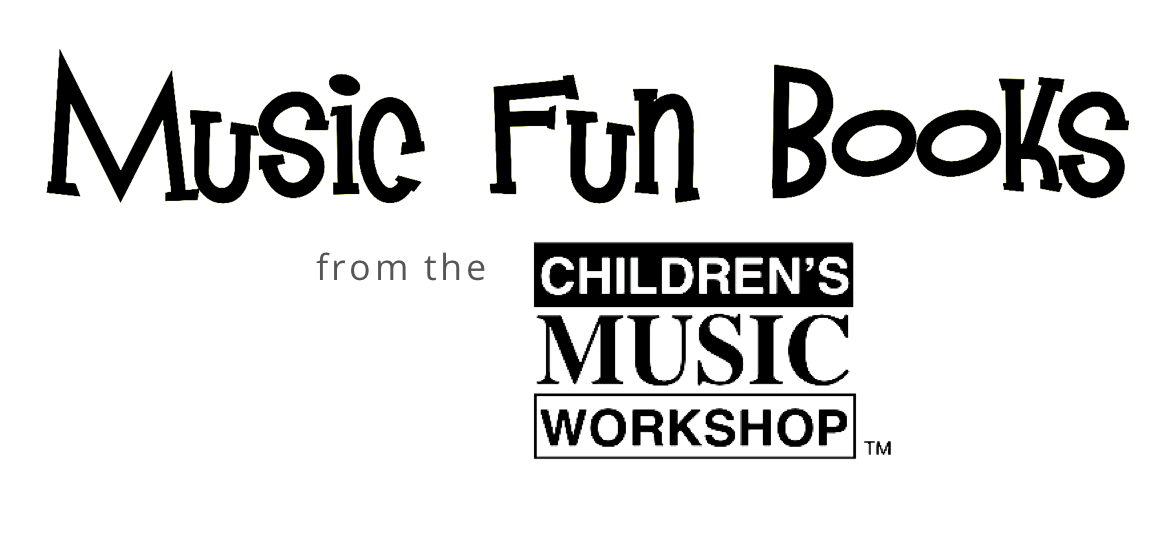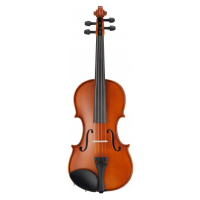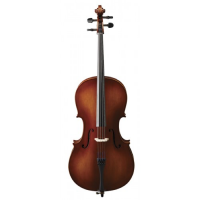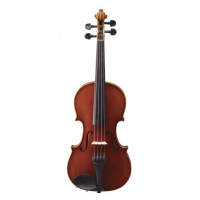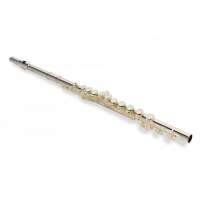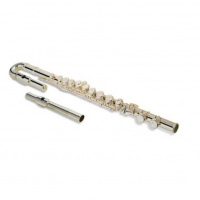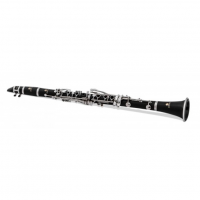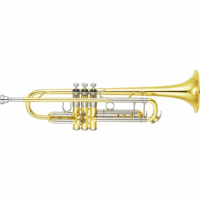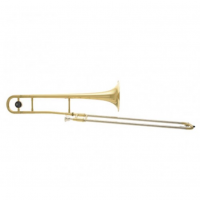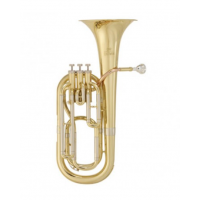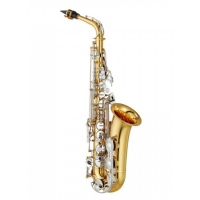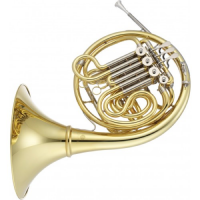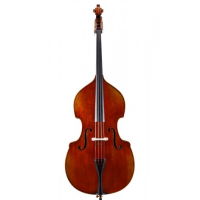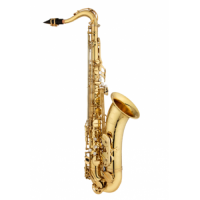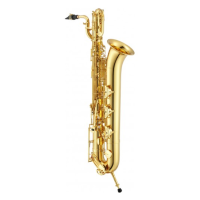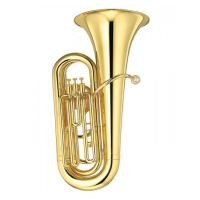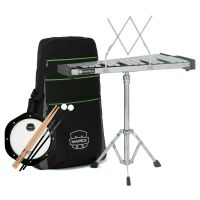History of the Oboe
How well do you know the history of the oboe?
The oboe shares some common ancient ancestry with others in the woodwind family, most especially the bassoon. Both instruments evolved from a family of Middle Age instruments known as shawms, which were themselves descendants of Greek and Roman double-reed instruments known as "aulos" that saw use primarily in military settings.
Shawms were popular early wind instruments made with either single or double reeds and were a common sight in Middle Age Europe. One family of shawms called "bombarde" or "pommer" shawms had a cylindrical tube with seven sound holes capped with a flared end and were played with a double reed. The highest ranged of these, the treble shawm, later evolved into the oboe while the lowest, the contraoctave, greatly influenced the bassoon in later centuries.
The shawm's performance flexibility was limited by the construction of the reed area, which had a small cap called a "pirouette" over it which kept the players lips off of the reed itself. During the 17th century, a later version of treble shawm known as the "hautbois" evolved which allowed the player to place their lips on the double reed directly. This provided the player with more freedom of expression on the instrument. The hautbois also came apart into three sections and had more keys than the shawm.
Throughout the 18th century, the hautbois was a popular orchestral feature. It was used at first to double the lines of the violins before composers began creating its solo repertoire. French King Louis XIV was said to be so fond of the hautbois that his court had over 30 hautbois players employed to fill out the royal orchestra's sound.
During this time, instrument makers continued to tinker with the hautbois, narrowing its bore, changing the size of the reeds and experimenting with the width of the tube and size and placement of the tone holes. The expanded range and focused sound quality of this instrument was now distinctive.
The name "oboe" became the instrument name of choice by the end of the 18th century. The moniker seems to come from the Italian pronunciation of the French word hautbois, which was then appropriated by the English.
In the 19th century, two schools of competing oboe design became popular: the German and the French schools. The German oboe had a more traditional wide bore and darker sound, while the French version featured narrow tubes, thin walls and a tone that pierced right through the loudest orchestra swell. In addition, two Viennese instrument makers (Joseph Sellner and Stephan Koch) made an oboe that married what they saw as the best of the two designs.
Oboe design reached its pinnacle in the mid 19th century in the shop of instrument maker Frederic Triebert, who worked with famed oboist Apollon M. R. Barret to develop a narrow bore oboe that was first patented in 1872. This was to be the instrument that stood the test of time: it is the international standard for oboes today.
Famous Oboe Players
The oboe is thought of as mostly a classical instrument, but it is heard occasionally in jazz and rock music as well.
Famous classical oboe players include John Mack, Kathryn Greenbank, John De Lancie, Francesco Di Rosa, Marcel Tabuteau, Pauline van Oostenrijk, Richard Woodhams, Alex Klein, Heinz Holliger and Francois Leleux.
Well known jazz oboe players include Garvin Bushell, Yusef Lateef and Nancy Rumbel.
In rock and pop music, the oboe has been heard on records by ELO, The Move, REM, Roxy Music and others.








